|
Congrats to all the students who performed at Powerhouse Mall and The Greens on Sunday, December 22!
0 Comments
Piano Prodigies student Melodee Yumi Drescher is an example of incredible creativity, perseverance, and charm all rolled into one! Over the course of this past summer, she worked on a number of pieces, both within the Faber Piano Adventures series as well as independent works. At the end of August, she decided to organize her very own recital for family members from near and far (visiting from around the world!),. She advertised the performance, prepared tickets, and had several tiers of seating options. She masterfully emceed the program, introducing each of the pieces to her appreciative audience and wowing them with her expressive and dynamic performances. GREAT WORK, YUMI! Interview with YumiWhat are your favorite hobbies?
My favorite hobbies are dancing, piano, art, music... and I LOVE learning things! How long have you been playing piano? Since I was three! How did you get the idea for the recital? I just love piano and I thought it would be a nice idea to share music with my family. I practiced to learn the pieces, and I decorated our home for the concert. I set up a cashier box for tickets. What was practicing like? I practiced a few times a day! Sometimes it was hard, and I would practice in the morning, take a break, and then get back to it later on. Mom and Dad would help and check in on me. What was your favorite part of the recital? Playing all the music! Do you think other students would enjoy putting on a recital for their family and friends? Yes, very much!
[Special thanks to Ned Phoenix for his assistance with this blog entry!] My grandmother used to tell me: "You can be as old as a house... just don't ever stop learning!" In school, in life, and in music, I've found that to be solid advice. Sometimes the process is easy and fun, and other times it takes considerable effort. But it's never a waste of time. This past week I learned how to play a new instrument. I had been invited to play the harmonium part for the Dartmouth Glee Club's performance of the Petite Messe Solennelle by Gioachino Rossini. Until Tuesday, I had been serving as pianist for weekly rehearsals. On Tuesday, April 30, the instrument (an Estey reed organ - in the Style E parlor organ case - made in Brattleboro, Vermont in 1891) was delivered to Dartmouth, and I changed course: new instrument, new music. Four days to make it happen. Ned Phoenix (https://www.namm.org/library/oral-history/ned-phoenix) of Phoenix Reed Organ Resurrection in Townshend, Vermont owns this beautiful instrument, among many others of all sizes in his collection. He gave me a two hour lesson on how to play a reed organ. When he demonstrated the sound I immediately was amazed: the keys seemed to sing! Reed organs have wonderful expressive possibilities. So, what is a harmonium? Ned explained, "A reed organ is a glorified harmonica. Both have free reeds made of brass. Free reed instruments were invented in Europe during the 1820s, so they are relatively new instruments. The Harmonium is a standardized pressure-wind instrument patented by Debain in Paris in 1840, which is why the stop designations are in French. Its name and standard construction came into general use, and now "harmonium" is not usually capitalized. In the USA and Canada suction-wind "American organs" or "reed organs" were made without standardization of stops, which is why not much "serious" music was written for these instruments. "Pump organ" is a vernacular term for an American organ." 1. HEAD: I quickly discovered that playing this instrument would require quite a bit of physical coordination that I am not used to as a pianist. Forcing my brain to absorb new material, and my body to take on a new set of motions was a challenge. To be honest, for the first two days I truly wasn't sure if it would work out: I practiced in the mornings and late into the evenings. Only the evening before the crucial dress rehearsal (the only rehearsal with all the musicians together) did it finally click. 2a. FINGERS (Technique). Organ technique is really quite different from piano. Because an organist cannot create dynamic differences through articulation (the keys simply drop to the felt), when playing a reed organ the feet and right knee create the expression. The keys start the sound when you play them, but immediately cease to sound when you let go, thus, holding notes for their full durations and releasing exactly on the rests is essential technique. Playing organs requires continuous finger substitutions (playing a note with one finger, then changing the finger while holding the note to ensure that a finger is available for the next note), and trying to create legato chords and octaves requires "walking the thumb" (using the tip and knuckle as if they were two fingers!). Ned recommends placing your fingers on the tops of the keys and simply rocking your body on your sit bones: forward (to play), then almost sitting straight up (to release) all fingers simultaneously: "One thing is simpler and more accurate to move than ten things." 2b. FINGERS (Sounds Effects). Ned says, "Organs are the original synthesizers." There are multiple "stops" above the keyboard - pulling them allows different individual timbres of sound to be heard. The organist can also put together combinations of sounds (synthesis). Some stops operate special mechanical effects (the Coupler automatically adds an octave above each note that you play). Ned had gone through the score to determine what stops would be used for particular passages in the work. Now it was my job to push/pull the stops at the appropriate times - often while playing (thus, playing some right hand notes with the left hand so that the right hand could pull out or push in a stop knob). 2c. FINGERS (Accuracy). Based on the instant activation of any key that is pressed I would argue that playing a reed organ requires extreme accuracy - mistakes are much more audible than on a piano. A unified approach is necessary to make sure that all the notes in large chords sound at the same time (and, in my case, exactly at the time that the conductor requests it). 3. HEART (expression). Harmoniums were called "L'Orgue Expressif": the expressive organ. However, the organist cannot create dynamic differences through articulation - so there is no use in pressing the keys any harder than you have to. Expression is achieved by more or less pumping with the feet, and more or less opening of the swell with the right knee. The faster or more intensively the feet pump, the louder and/or more intense the sound; for diminuendo or to relax the sound, move the feet slower. Thus, reed organs provide an opportunity to create expressive dynamics, as well as to max out the volume for dramatic passages. 4. KNEES. The biggest surprise for me was the two levers operated by the player's knees; one for the left (Grand Orgue - full organ - activates all the stops at once, creating a very grand sound) and other for my right (Ouvert - open - allows incremental opening and closing of the swell shades (like a hand moving over a singer's mouth), allowing for dynamic subtleties). Thus, while eyes are reading the score and following the conductor, ears are listening to myself and other musicians, fingers are playing the keys and pulling stops, and feet are constantly changing speed... the knees would open and close the knee levers (and, not in synchrony). What a dance! 5. TOES. The air that is used to activate the reeds must be created by the player's feet which operate the bellows. Like a harmonica, without air pressure on the reeds the organ will not make any sound. Ned instructed me, "Two quick simultaneous pumps to get it started, and then alternate your feet." This instrument stretched my brain and my fingers (and my feet) and it felt great! The music was glorious and the reed organ added a beautiful dimension to the soundscape of the work. I had a wonderful experience working with talented musicians and people, and hope to have the opportunity to further develop these new skills in the future. ADDITIONAL RESOURCES:
Wikipedia article on Pump Organs: https://en.wikipedia.org/wiki/Pump_organ Nota Bene (per Ned Phoenix): Throughout the history of American reed organs, the names used denote both a case style and what one could expect for musical capabilities from each case style: lap organ, melodeon, parlor organ, chapel organ, two-manual with pedal. The Wiki article is misleading: Harmonium, melodeon, and parlor organ are all free reed instruments, but are not equivalent; each is constructed differently and has different musical capabilities. YouTube video “Ned Phoenix demonstrates the Estey JJ,” an interview done by the Brattleboro Historical Society https://www.youtube.com/watch?v=mFnSN8ea0zM The A435 Levi Fuller Extravaganza video in HD on Vimeo. 2012 event at Estey Organ Museum. http://vimeo.com/35763724 Congrats to Piano Prodigies students Amica Lansigan, Liana Lansigan, Nora Paydarfar, and Joey Goff on recent achievements!
If you are ever in need of a really beautiful, out-of-the box arrangement of the National Anthem, check out THIS beautiful rendition by 12-year-old Piano Prodigies student Amica Lansigan.
https://www.sheetmusicplus.com/…/the-star-spangle…/21155699… Six year old Melodee Yumi Drescher performs "Gypsy Flamenco" by Catherine Rollin after intermission at Classicopia's Spanish Serenade concert on November 2, 2018. Congratulations to Summer 2018 composition project participants! Listen to their beautiful pieces below: The best kind of a weekend. Great weather, amazing people, beautiful music, a fun setting, and delicious food! Kudos to all my Piano Prodigies for sharing their music this weekend.
|
AboutElizabeth Borowsky is a pianist, teacher, and composer. She is a Nationally Certified Teacher of Music in Piano (Music Teachers National Association). SubscribeCategories
All
Archives
May 2023
|
Location |
|

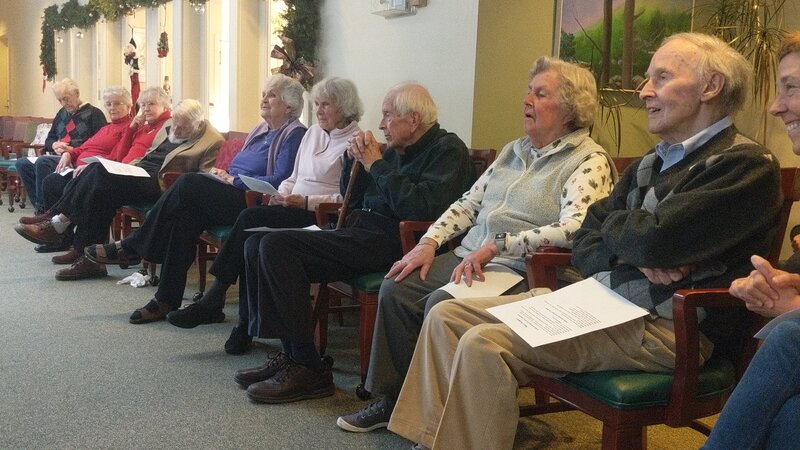
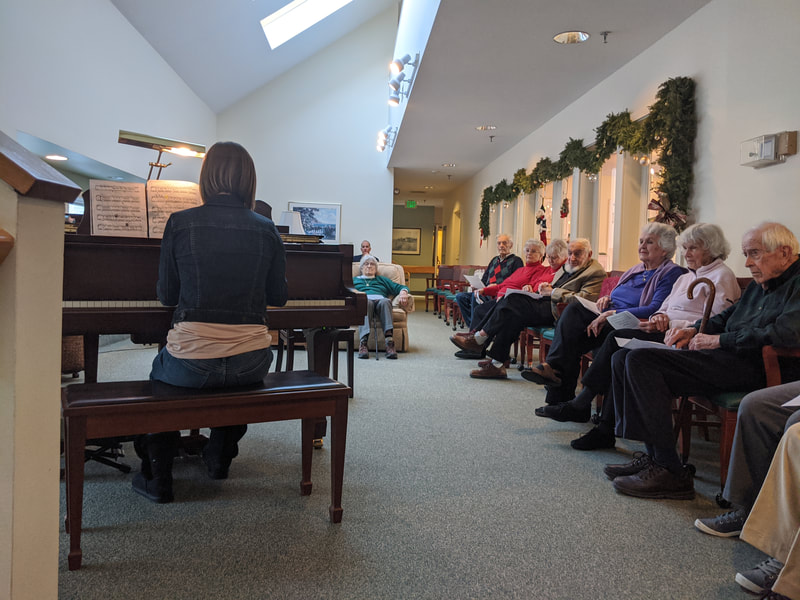
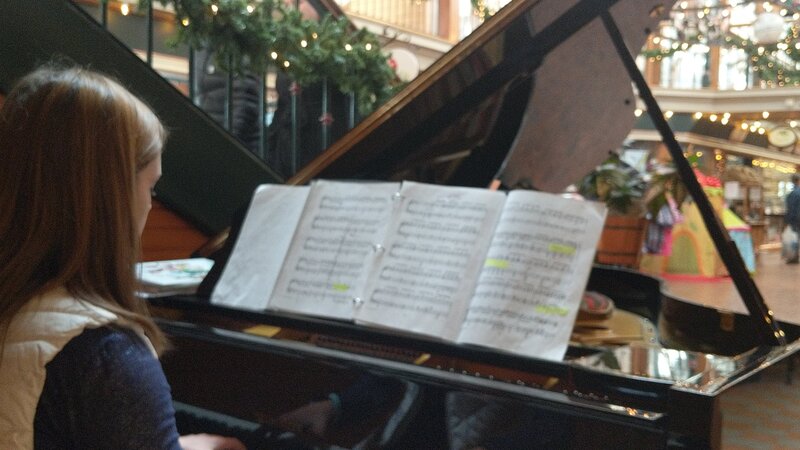
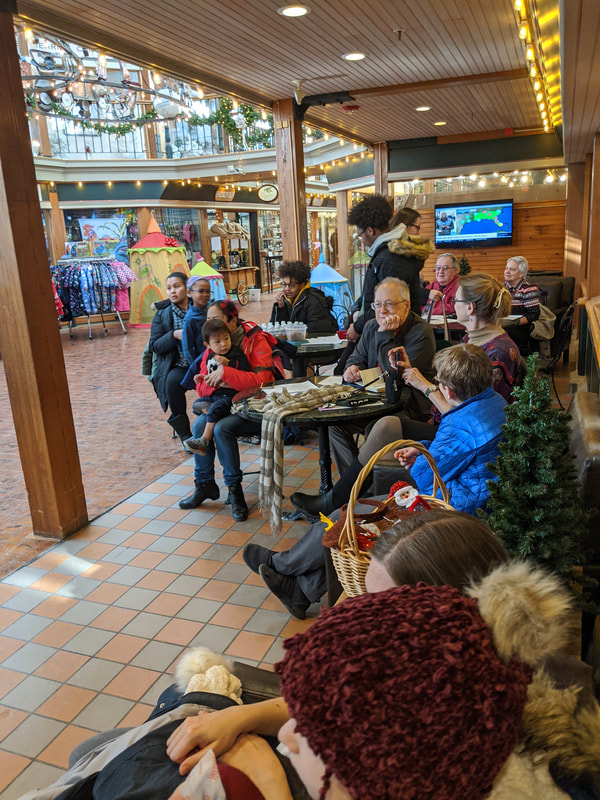
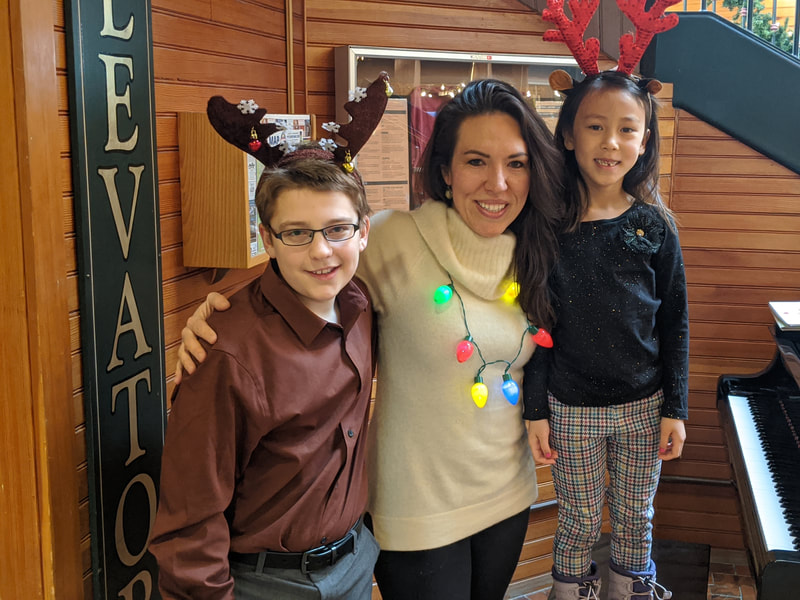
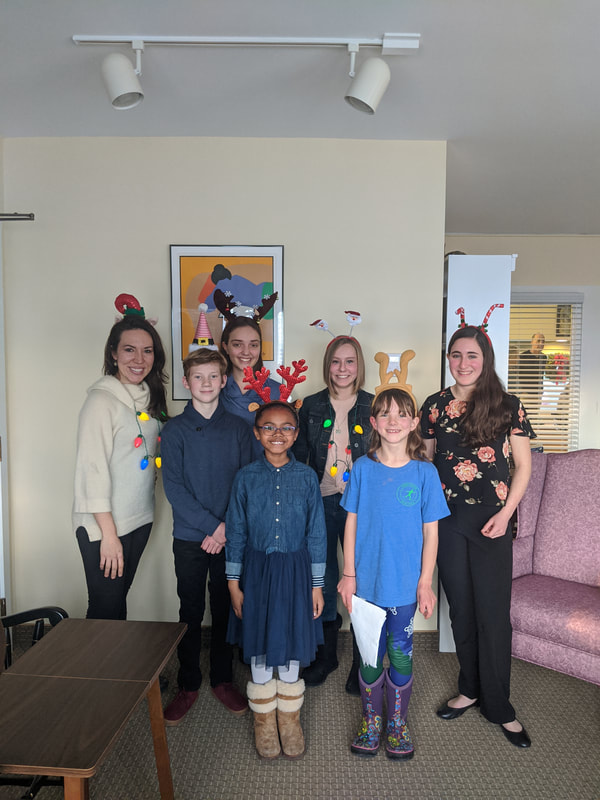
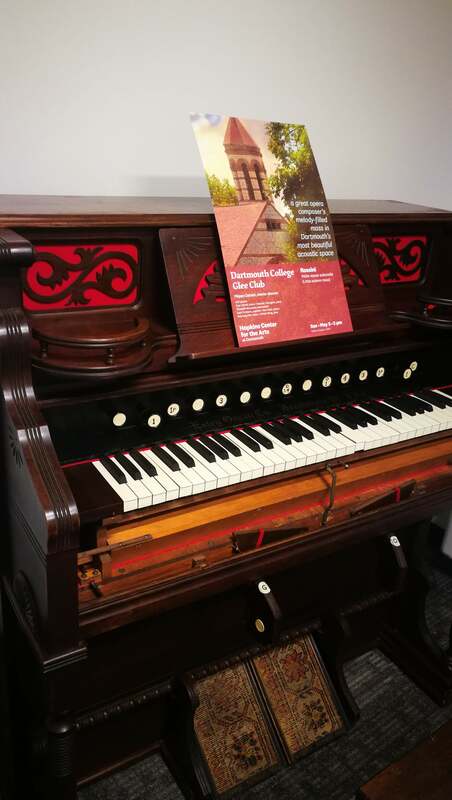
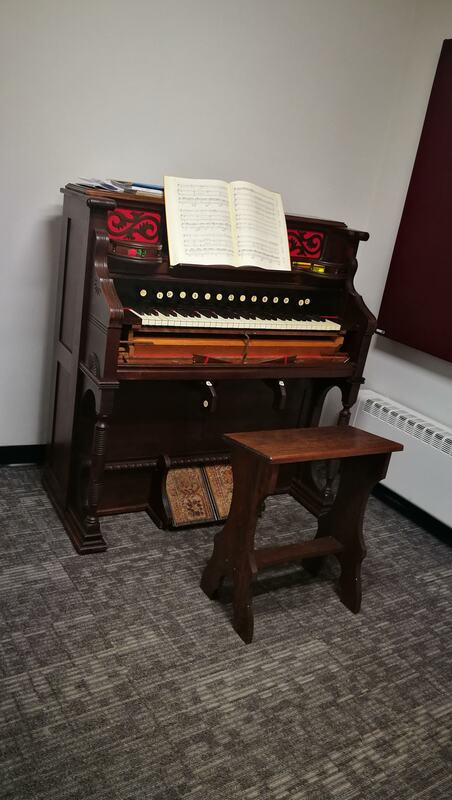
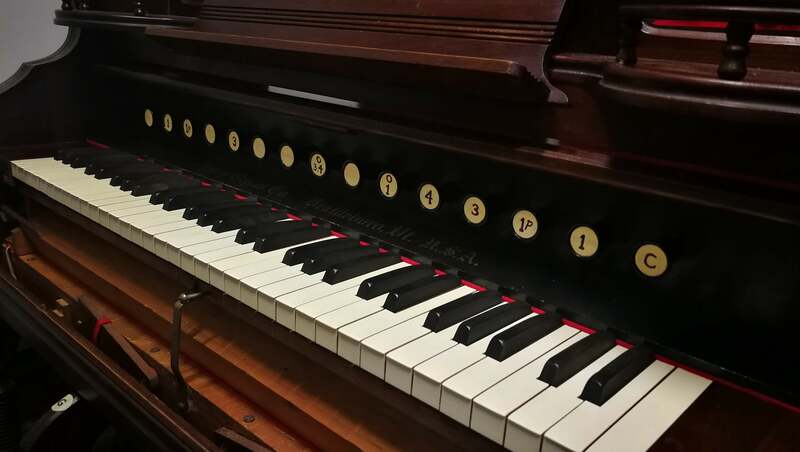
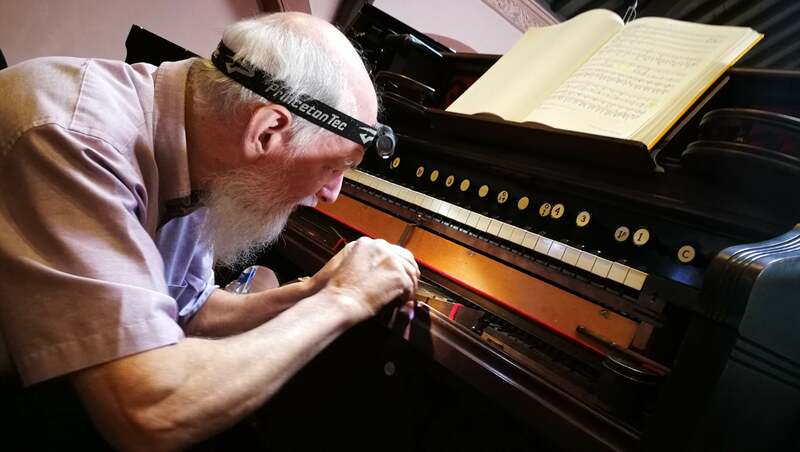
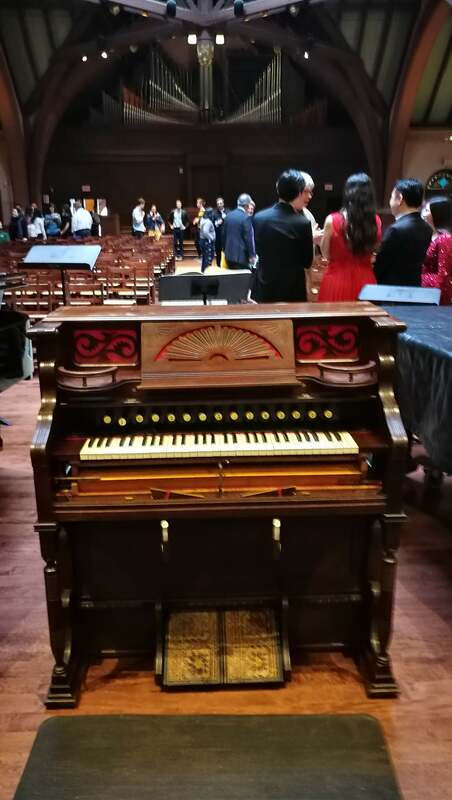
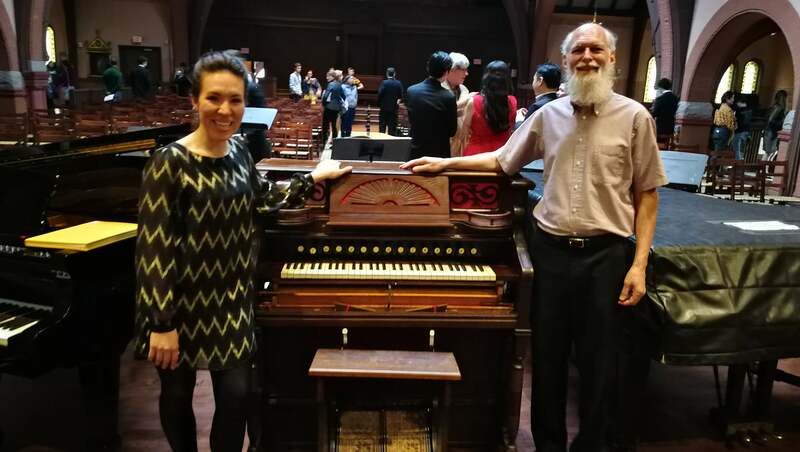
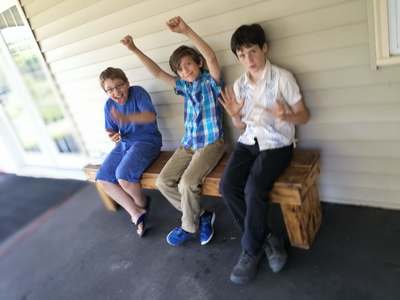
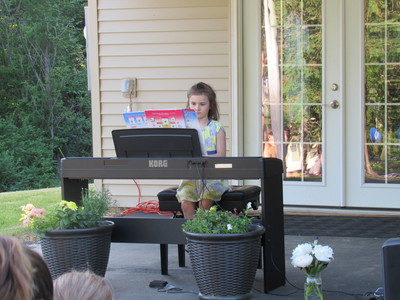
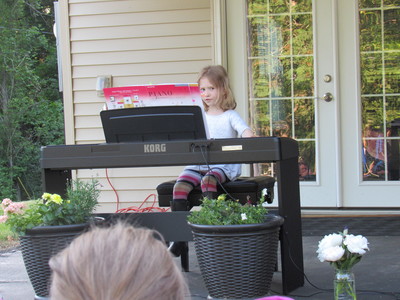
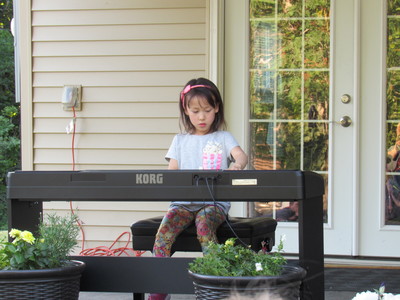
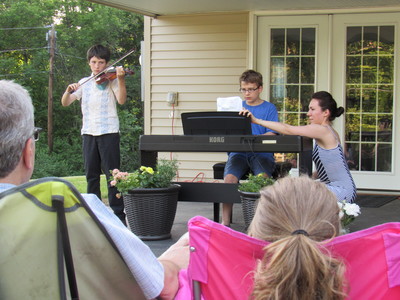
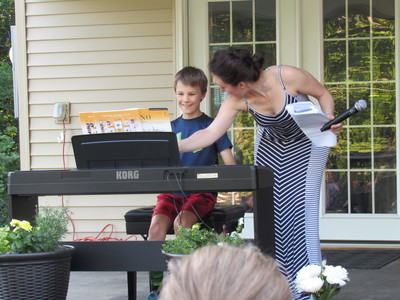
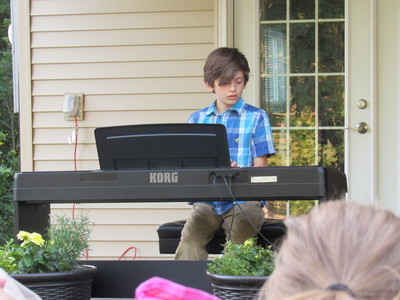
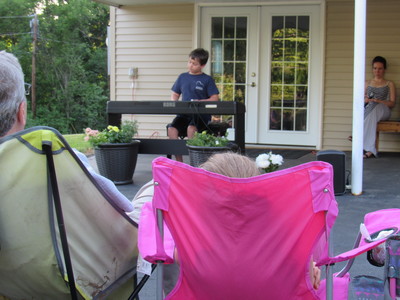
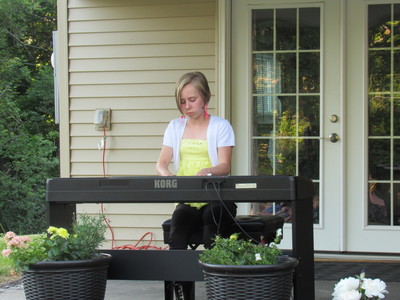
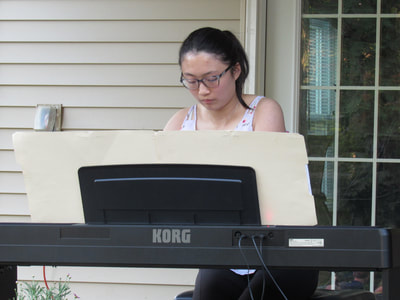
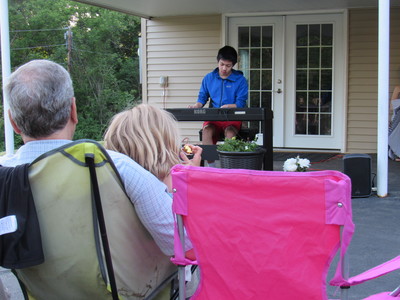
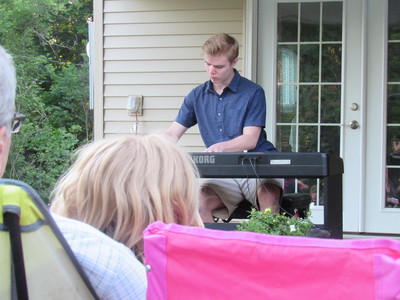
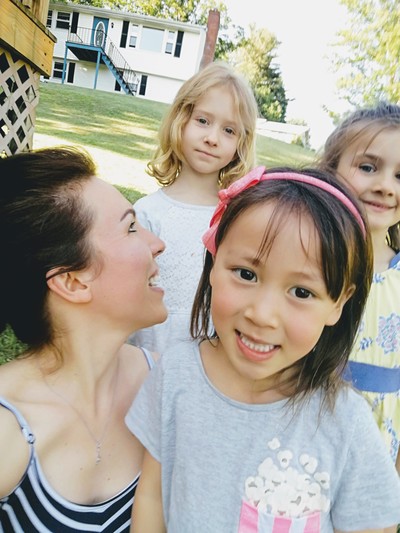
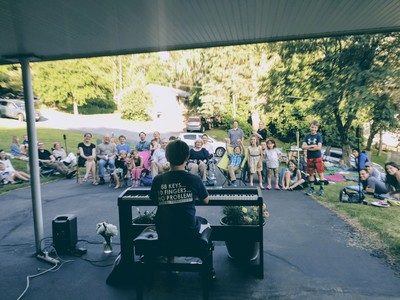
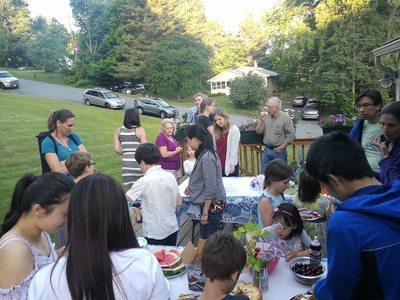
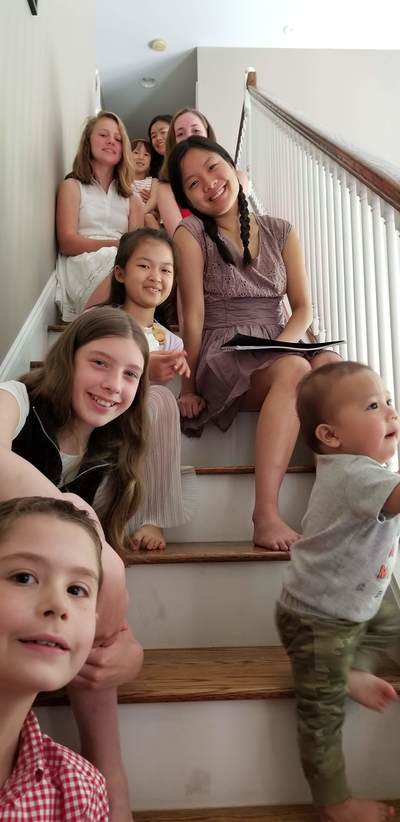
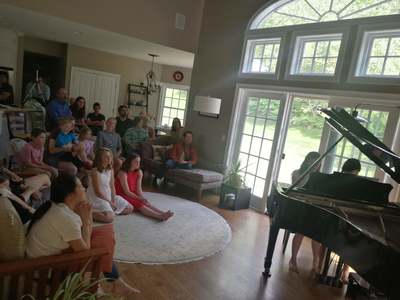
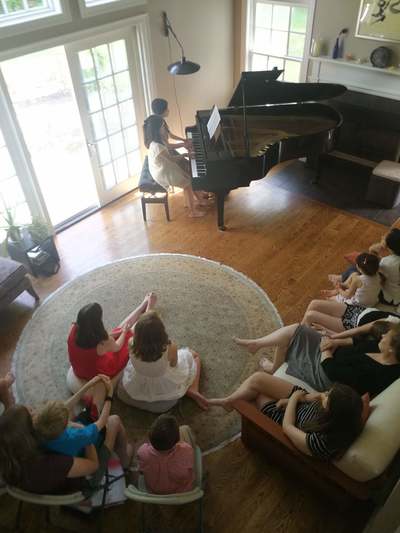
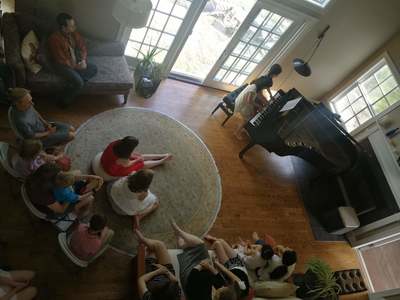
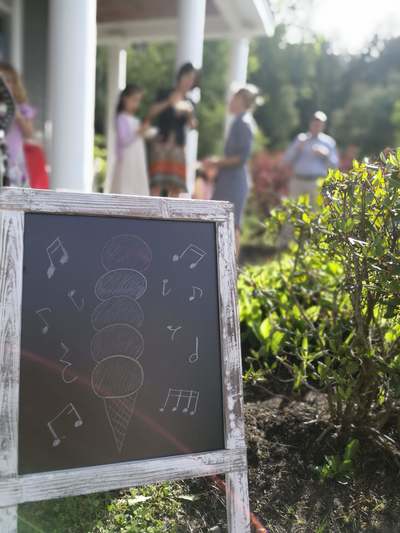
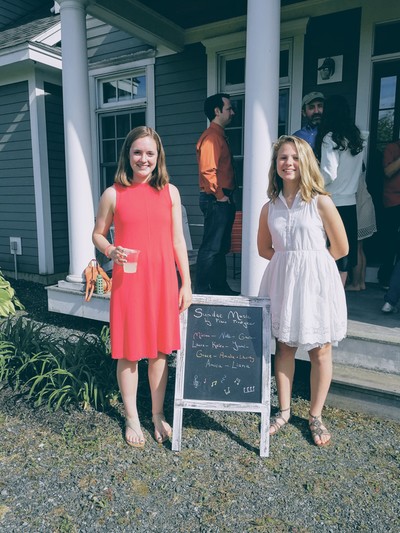
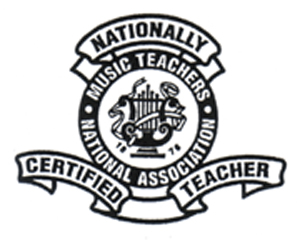

 RSS Feed
RSS Feed